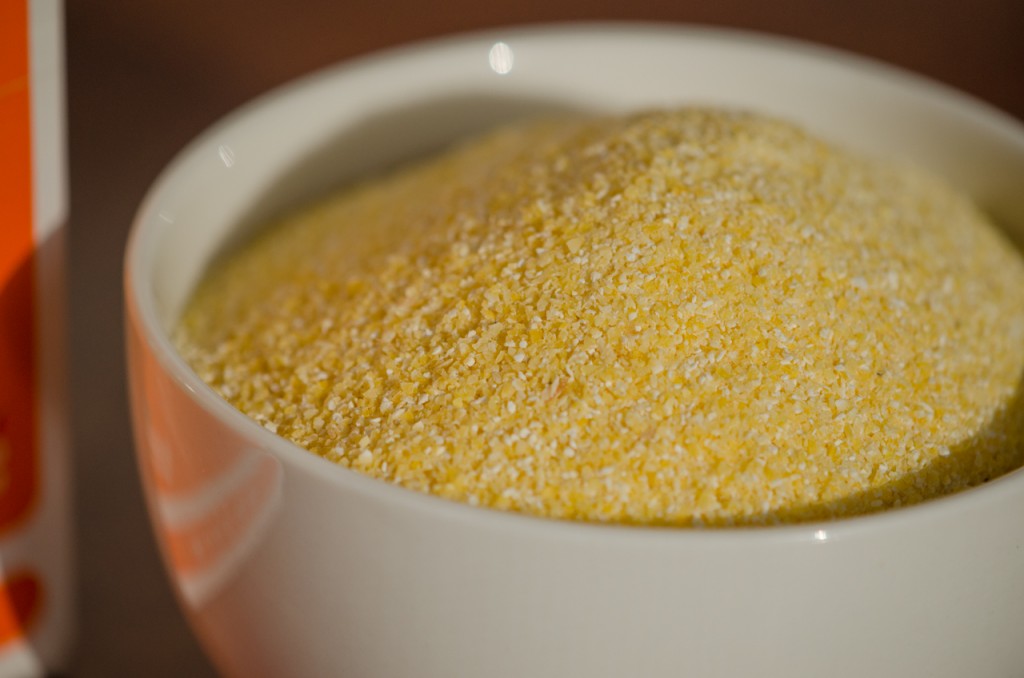 Pasta is considered by many to be the ‘staple’ starch in the standard Italian diet, but on our biking, skiing and hiking adventures in northern Italy, we see more polenta than pasta. Northern Italians literally survived on this staple for hundreds of years. As we explore the Veneto by bike, we ride through many a corn field, but never see fresh corn on the cob on the menu; the corn grown here is destined to be dried and ground, and used year round in polenta.
Pasta is considered by many to be the ‘staple’ starch in the standard Italian diet, but on our biking, skiing and hiking adventures in northern Italy, we see more polenta than pasta. Northern Italians literally survived on this staple for hundreds of years. As we explore the Veneto by bike, we ride through many a corn field, but never see fresh corn on the cob on the menu; the corn grown here is destined to be dried and ground, and used year round in polenta.
In ancient times, polenta was first made with wild grains from primitive wheats including faro, millet, spelt, and chickpeas. “Pulmentum” was a basic source of nutrition to the Roman soldiers, and at this time was actually preferred over bread for its flavor and simplicity by the soldiers and lower classes alike. Polenta was made this way for several hundred years, until the Saracens introduced buckwheat, or ‘grana saraceno’ to Italy. This became the most popular grain used for polenta (and is still used today in Tuscany and northern Italy) until the 15th or 16th century, when corn, or maize, was introduced. At this time, Spanish and Portuguese ships traveling from the Caribbean to Europe would bury their treasures and gold in flint corn to conceal it from marauding pirates.
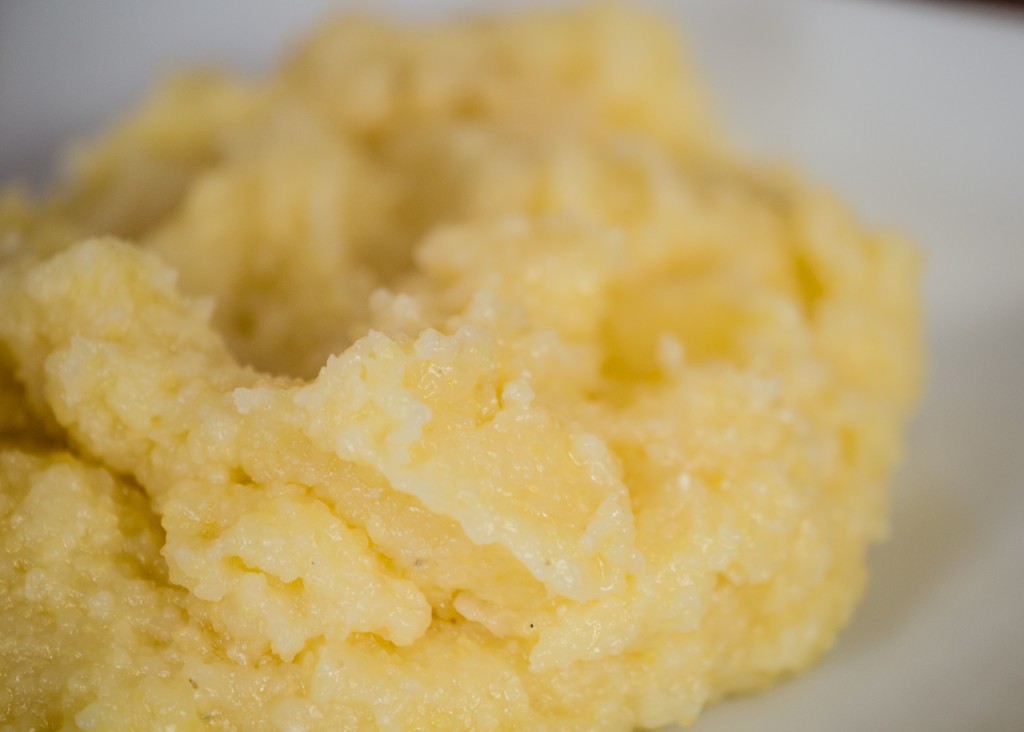 This new crop, maize, was very easy to cultivate in the lands of Northern Italy, and quickly replaced buckwheat and the other grains. The yield of maize compared to other cereals was much better, making it much more profitable a crop for landowners. Unfortunately, the nutritional value of maize is not as high as the grains it replaced, as it continued to act as a staple in the cuisine of the lower classes in Northern Italy. Today, maize is still the predominate grain used in polenta.
This new crop, maize, was very easy to cultivate in the lands of Northern Italy, and quickly replaced buckwheat and the other grains. The yield of maize compared to other cereals was much better, making it much more profitable a crop for landowners. Unfortunately, the nutritional value of maize is not as high as the grains it replaced, as it continued to act as a staple in the cuisine of the lower classes in Northern Italy. Today, maize is still the predominate grain used in polenta.
I recently held a gluten-free cooking class – two participants are on strict gluten-free diets. The cuisine of Northern Italy is a great place to start, as the preferred starches are polenta and risotto, both without gluten. Polenta is quite simple to make, but no one in the class had attempted it before. They were surprised by how light and flavorful the homemade polenta was, and so I decided a blog post sharing a few tips for making your own excellent polenta at home was in order. Then I read the New York Times the next morning, and found David Tanis had beat me to it. At least I have a recognized authority agreeing with me that you DON’T have to constantly stir it for 45 minutes.
5 Easy Tips for Perfect Polenta
- Cook it for at least 45 minutes. Even if it is labelled “Quick Cook”, and looks to be done after 5 minutes, keep cooking it.
- Add a splash more water if it looks too thick anytime as it is cooking.
- You don’t need to stir it constantly, check occasionally and give it a stir, but don’t make cooking polenta a chore.
- Traditionally, it is done when a crust has formed on the bottom and sides of the pan. This yummy crust is the reward to the patient chef!
- Flavor with some great ingredients – in Italy, it is usually some wonderful grated Asiago or Grana cheese and butter if you are in the Veneto, or grated Pecorino and olive oil if you are in Tuscany. Don’t forget the salt; add this after the cheese.
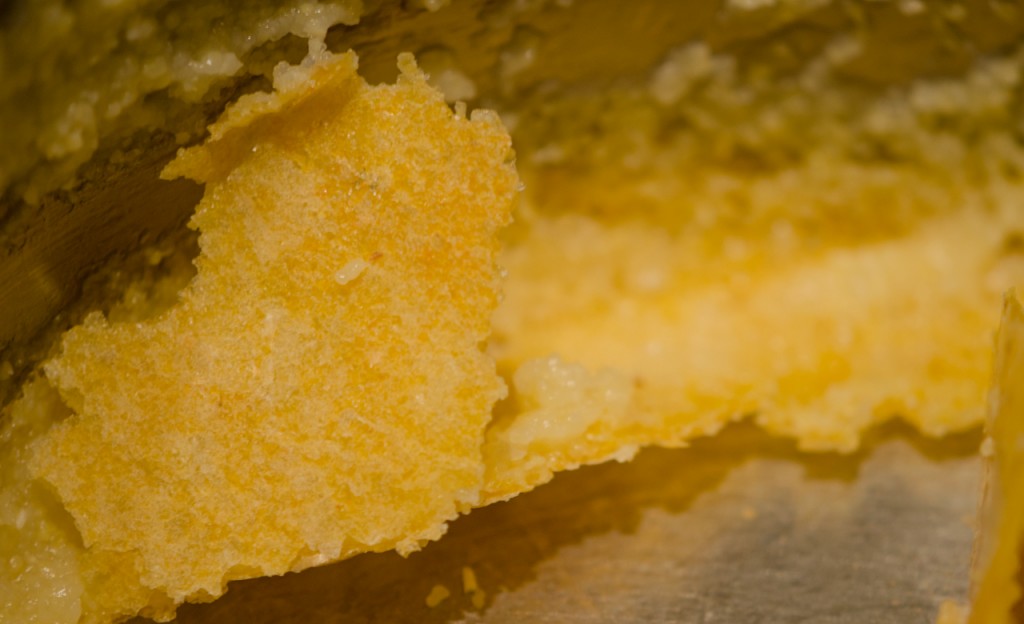
Polenta
Makes 4 to 6 servings
2 cups water
Kosher salt
½ cup coarsely ground cornmeal
2 tablespoons freshly grated cheese
2 tablespoons butter or extra virgin olive oil
Bring the water to a boil in a medium heavy saucepan over high heat. When boiling, add the polenta in a slow, steady stream through your fingers, whisking constantly so it doesn’t clump up. If you get any lumps, mash them against the side of the pot with a wooden spoon and keep stirring. Lower the heat to as low a simmer as your stove can manage and cook, stirring occasionally, until the polenta is thick and shiny and begins to pull away from the sides of the pan, at least 45 minutes. You will find a crust beginning to form on the bottom and the sides of the pan when it is properly done. If they polenta becomes too thick, which often happens about 5 -10 minutes into the cooking process, add a bit more water.
When the polenta is done, stir in the grated cheese and butter or olive oil. Season with salt as necessary. Serve soft and warm.
Any leftovers can be reused the next day, either grilled or broiled:
Pour any leftover polenta into a glass pan. Allow to cool uncovered, then cover and store in the refrigerator until chilled and firm. When ready to use, top the cold polenta with whatever you desire, more grated cheese, perhaps some sliced salami or sopresetta, and reheat in the over. Finish under the broiler to brown and melt the cheese.
For grilled polenta, cut it into 4 or 6 equal triangular portions, depending on how many you want to serve. Brush the polenta with olive oil on both sides. Grill until marked and heated through. Top with desired toppings, such as baccala, and serve.
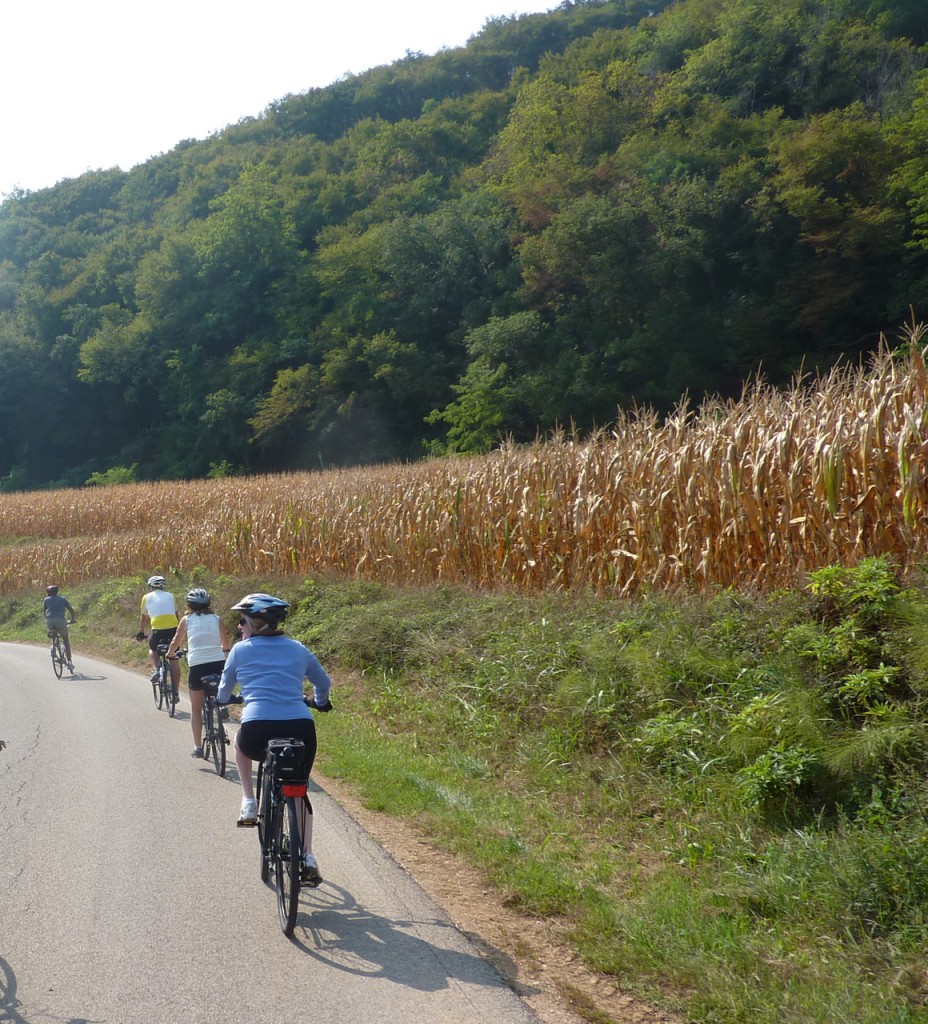
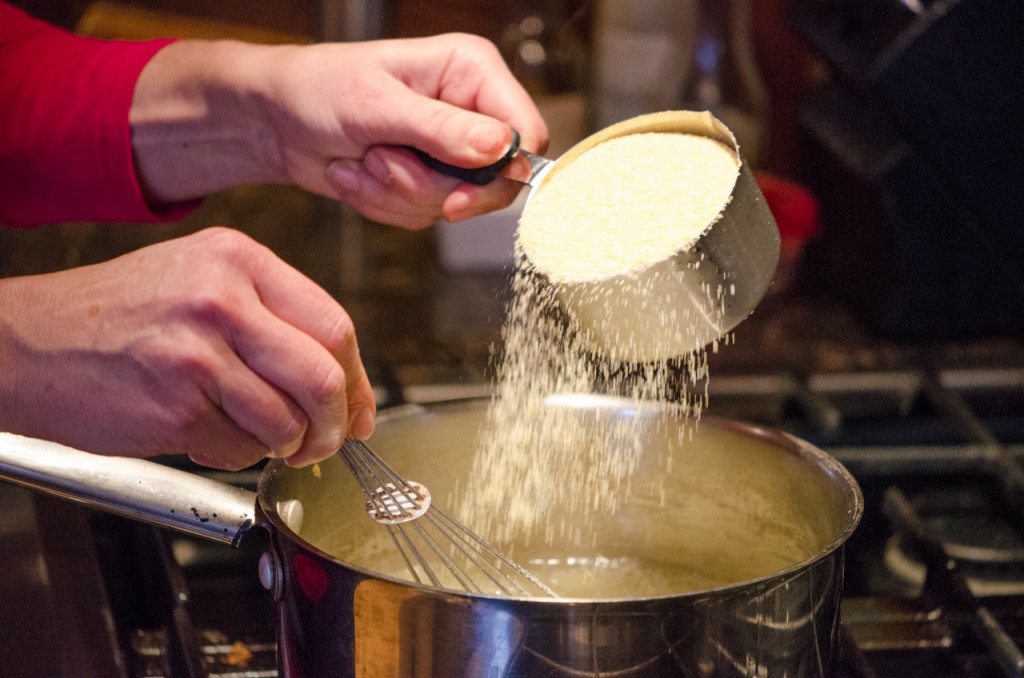
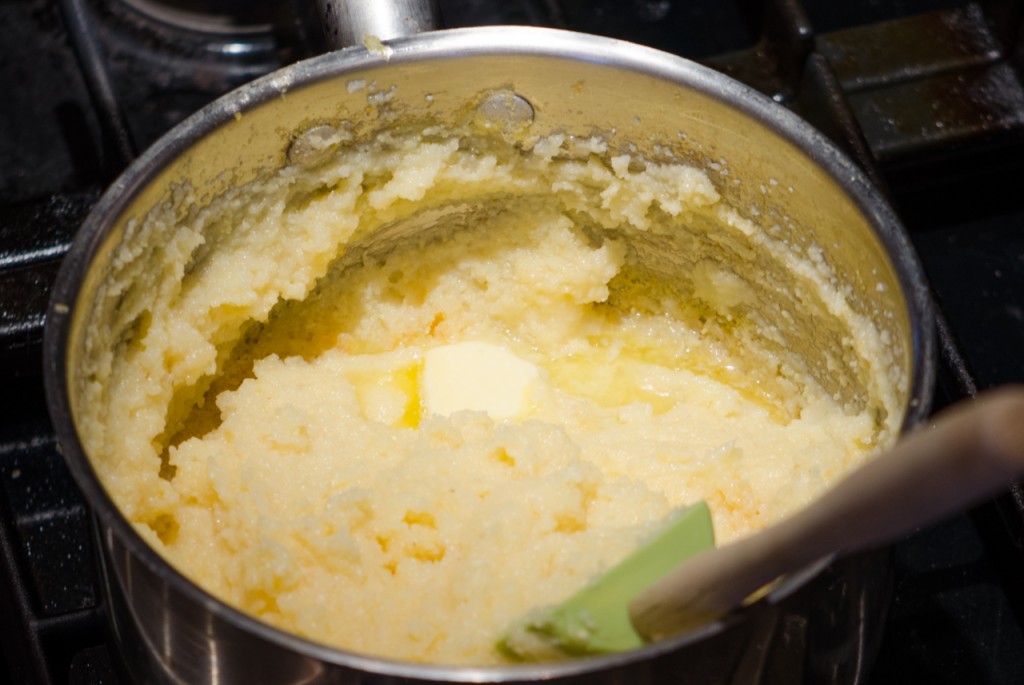
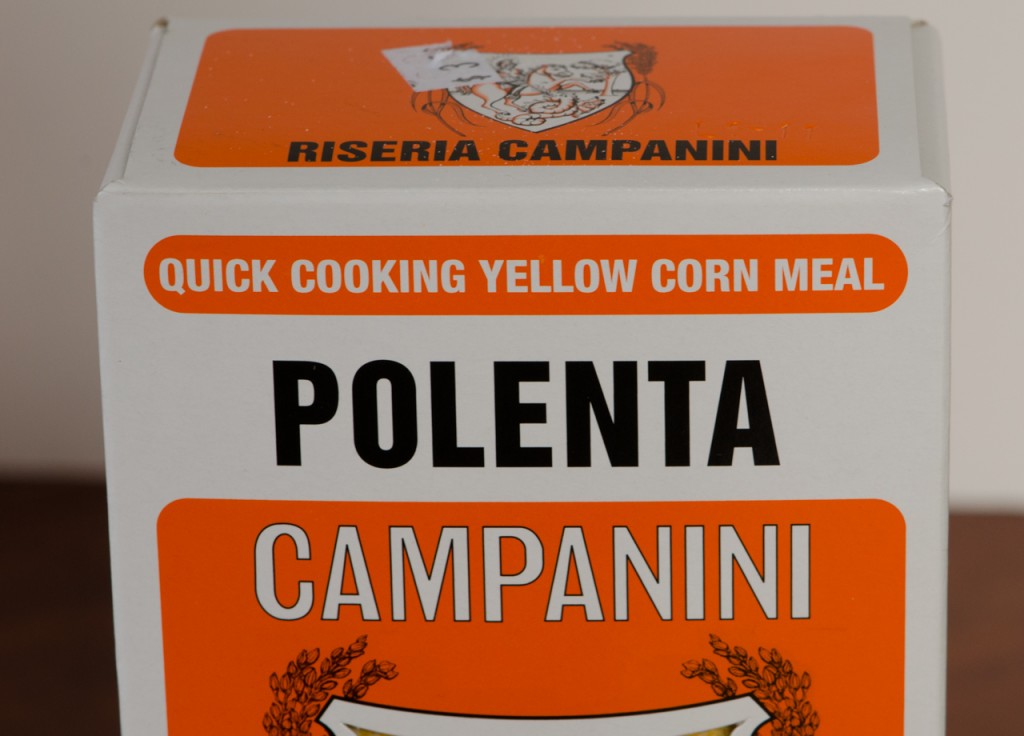
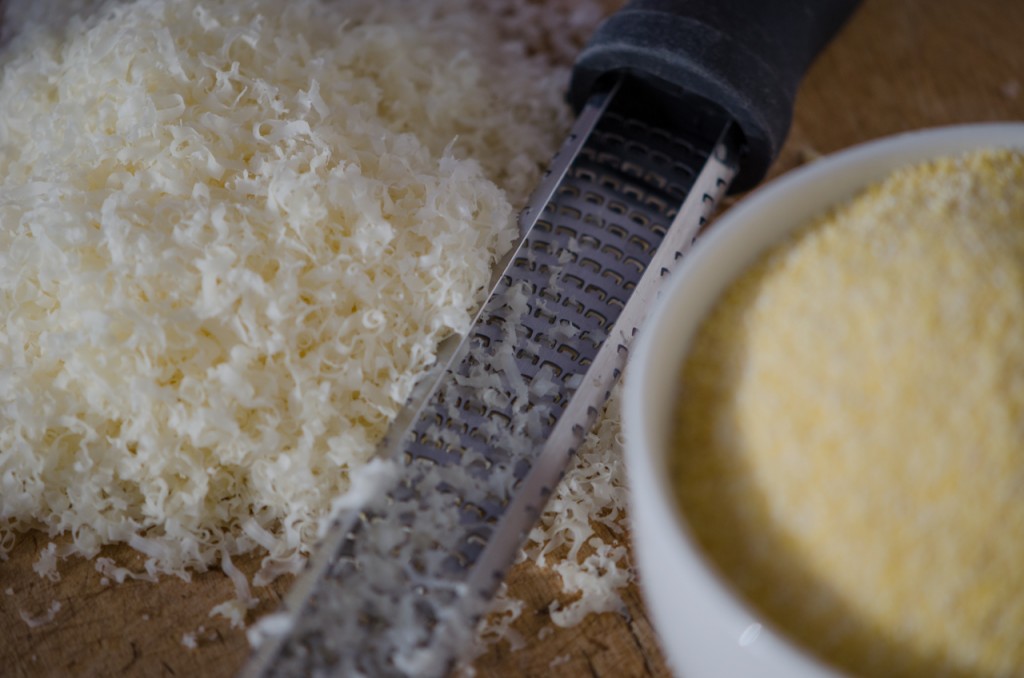


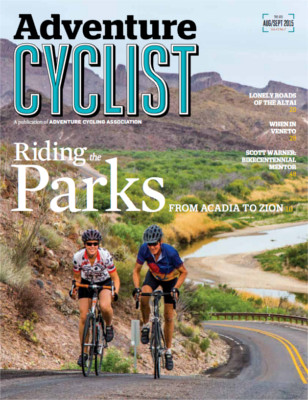


Pingback: Polenta al Forno con Asiago Fresco e Funghi | Italian Food, Wine, and Travel